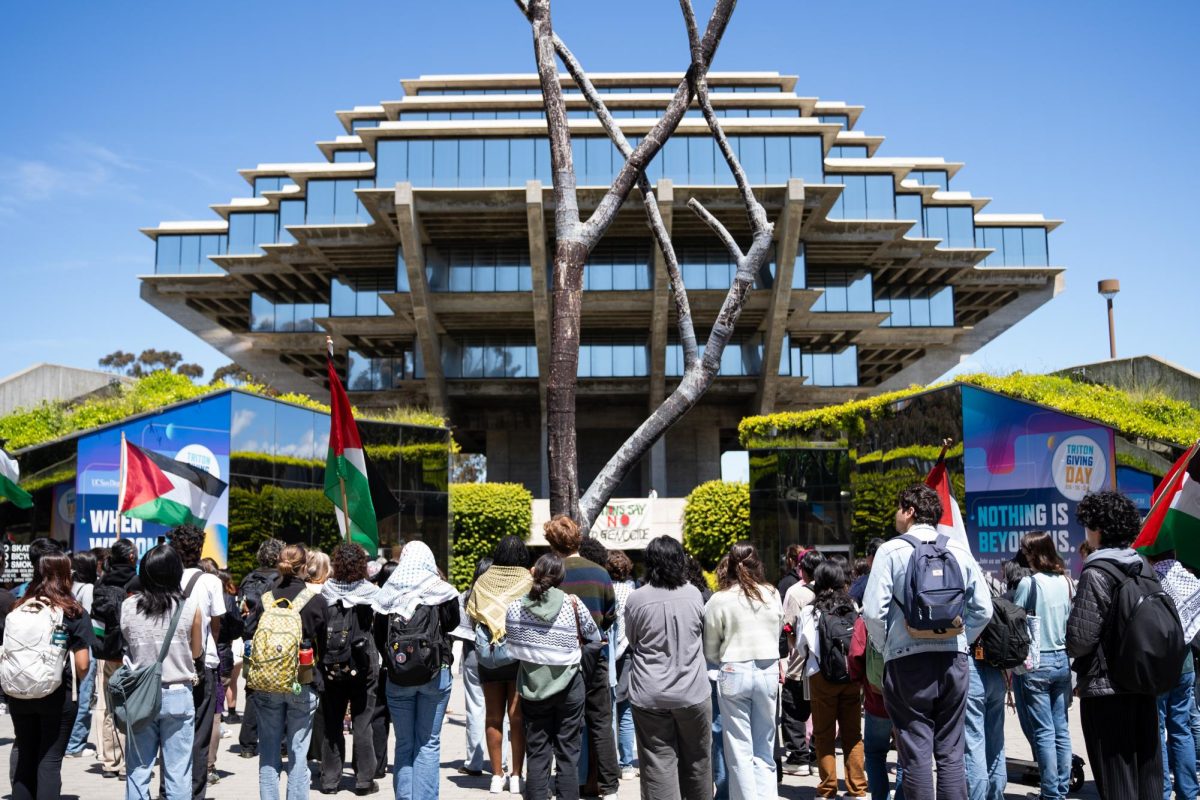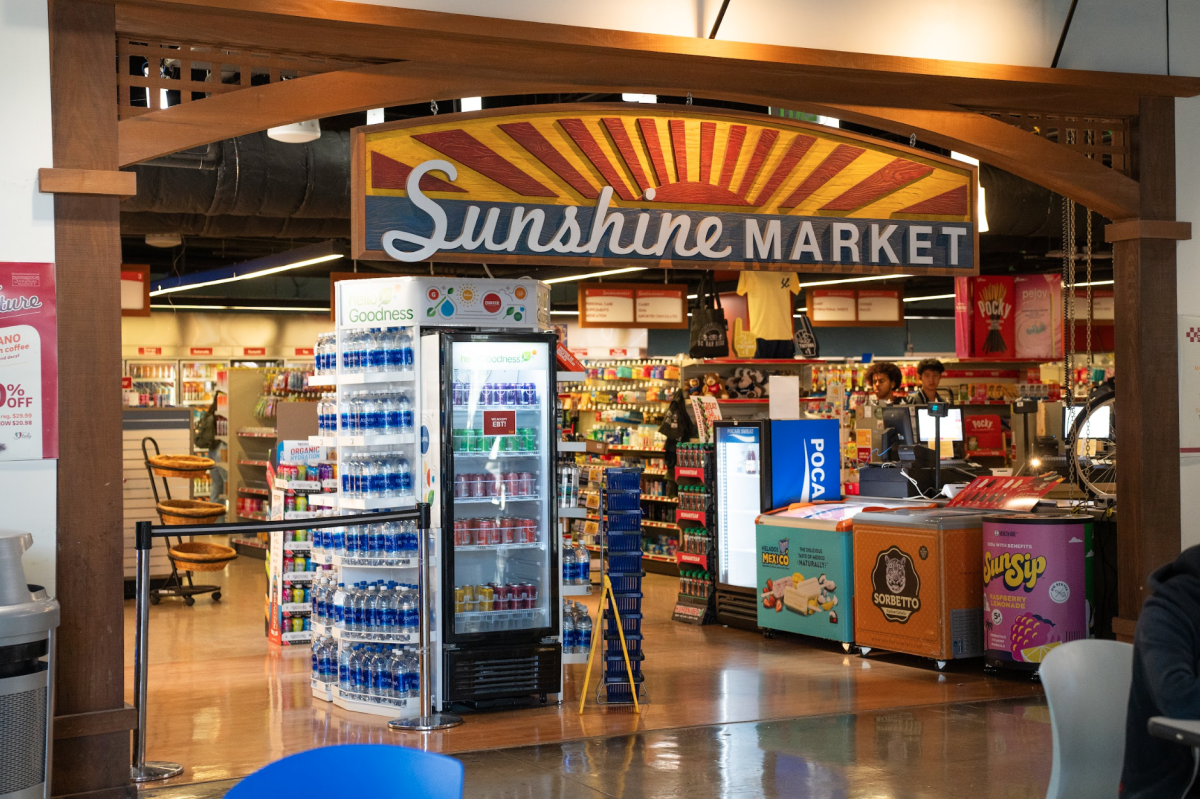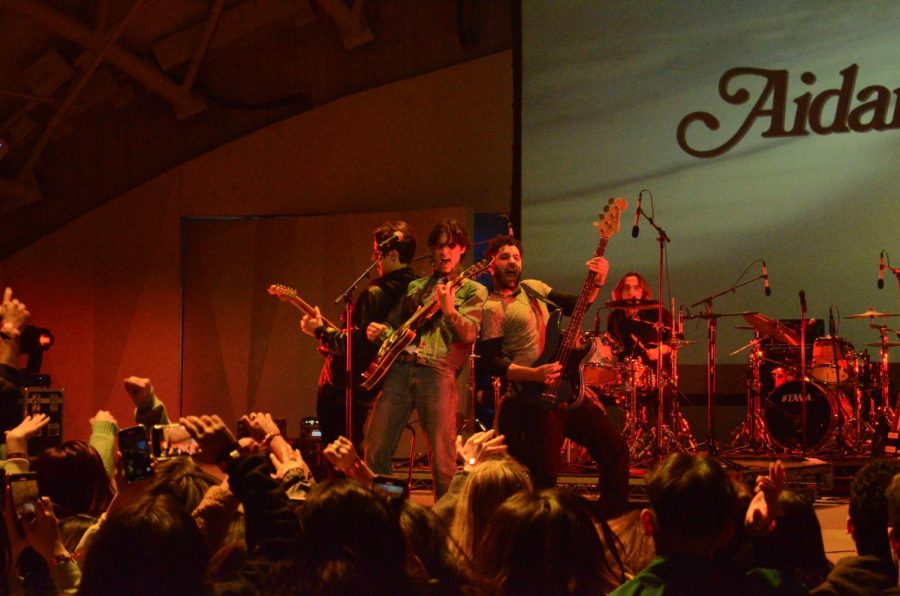A soon-to-be implemented plan from the On-Campus Residential and Dining Services Advisory Committee will give on-campus residents the chance to squeeze a little closer when several existing two-person rooms become triples. University officials are quick to label this space-saving maneuver a “rate-saver” plan (because they will be charging less per person for the three-person rooms). Parents and students are crying foul and calling this “opportunity” what it is: a callous economic solution to UCSD’s overpopulation problem that fails to address the issue of insufficient housing, akin to slapping a Band-Aid on a hernia.
UCSD Housing and Dining Services has a history of terrible solutions to similar economic problems. A couple of years ago, its novel solution when faced with bankruptcy was to add a mandatory cleaning service, as well as force mandatory meal plans onto residents of on-campus apartments, rendering apartment kitchens practically useless.
Neither triples nor forced meal plans will help HDS with its main problem for the immediate future: increasing student enrollment. No matter how many triples you try to squeeze into the aging dormitories, new buildings will need to be constructed to deal with the influx of students if UCSD has any hope of promising freshmen two years (or even one year) of guaranteed housing. The current promise of two years of housing for every student may seem unreasonable given the housing crunch in UCSD facilities, but it is necessary due to the even larger housing crunch occurring off campus in the La Jolla/UTC community, due to factors that UCSD cannot control.
However, to make life a bit more bearable for those students who do not make the cut for triple housing, HDS has another proposal which will allow commuters to purchase Dining Dollars so that they can share all of the advantages of cafeteria food after their morning or afternoon commute. Yet, the food options offered at the various HDS-operated eateries are unpalatable for vegetarians, those who adhere to religious dietary restrictions or anybody who was not raised on Easy Mac and paint thinner. Recent health grade scores show that the greasy all-night fare of local taquerias might even be a more sanitary alternative to on-campus dining.
Students on a tight budget could conceivably benefit from the tax breaks and tiny discounts that meal plan currency provides when dining at on-campus eateries, but these discounts (approximately 10 percent, including a loss of sales tax) cannot compare to the discounted food at the various student-run co-op eateries. The only other reason given for such a superfluous plan is that a meal plan could “save students time.” If UCSD students are incapable of the extra effort it takes to keep cash in their wallets, they should never leave campus to qualify for a “commuter meal plan,” for the perils of the outside world would eat them alive.
As can be expected from a plan dreamed up by Residential Life committees and A.S. senators, all of these are diversionary arguments that attempt to appeal to “student savings” or “student convenience” to disguise yet another simple plan to try and bail out the failing on-campus eateries, much like the mandatory apartment meal plan did earlier. This is no solution. If they actually wanted to be consumer-friendly, they would give commuters the same price breaks as everybody else (perhaps at a “UCSD student” discount) without forcing commuters to buy a meal plan, but that will never happen. Dining Dollars work like a bank, and HDS makes more profit off of unused meal points at the end of each year than they would by serving desirable food.
Neither of the two proposed solutions to housing and dining shortages are necessarily bad solutions, but they cannot come close to actually solving the problems. On the housing front, relentlessly cramming students into rooms in an effort to spread resources thin will provide so few extra rooms that it is not even worth implementing for the extra bureaucratic costs involved. UC Berkeley, when faced with a similar overpopulation problem, initially tried the “single- room-into-triple-room” plan, but eventually had to cave in and start construction on some new dormitories to deal with increased student enrollment. The difference between UC Berkeley and UCSD is that UCSD has no unused space left; HDS’s only remaining option is to level existing dorms and build some new, higher-capacity ones. After all, those cockroach-infested ERC dorms are begging to be bulldozed. The replacement of buildings is a big and costly endeavor, but is nonetheless the only solution to provide UCSD students a reasonable amount of housing over the next five years.
Likewise, HDS needs to implement more aggressive solutions to actually deal with the culinary needs of an increasing student body, and offering students who have escaped the tyranny of a meal plan the option to “extend their service” is not one of them. Improving the quality of food and training student workers might entice more eater loyalty and improve repeat business. A call-ahead option at each of their restaurants could reduce wait time during lunch hours and help HDS eateries gain more business as well. So would adding a simple cart in a high traffic area to sell sandwiches and drinks; if Espresso Roma can erect an ugly structure in the middle of Library Walk, why can’t HDS do the same along the dreaded York Hall to Warren Lecture Hall walk?
With these two plans to cram students into triples and offer commuters caustic grub — all in the name of “student savings” — HDS has shown that business as usual will continue and the quality of living arrangements will steadily and surely decrease.
Ever wonder why UCSD alumni donations have been dropping off recently? Do you think it might have something to do with the conditions under which UCSD students eat and sleep?







